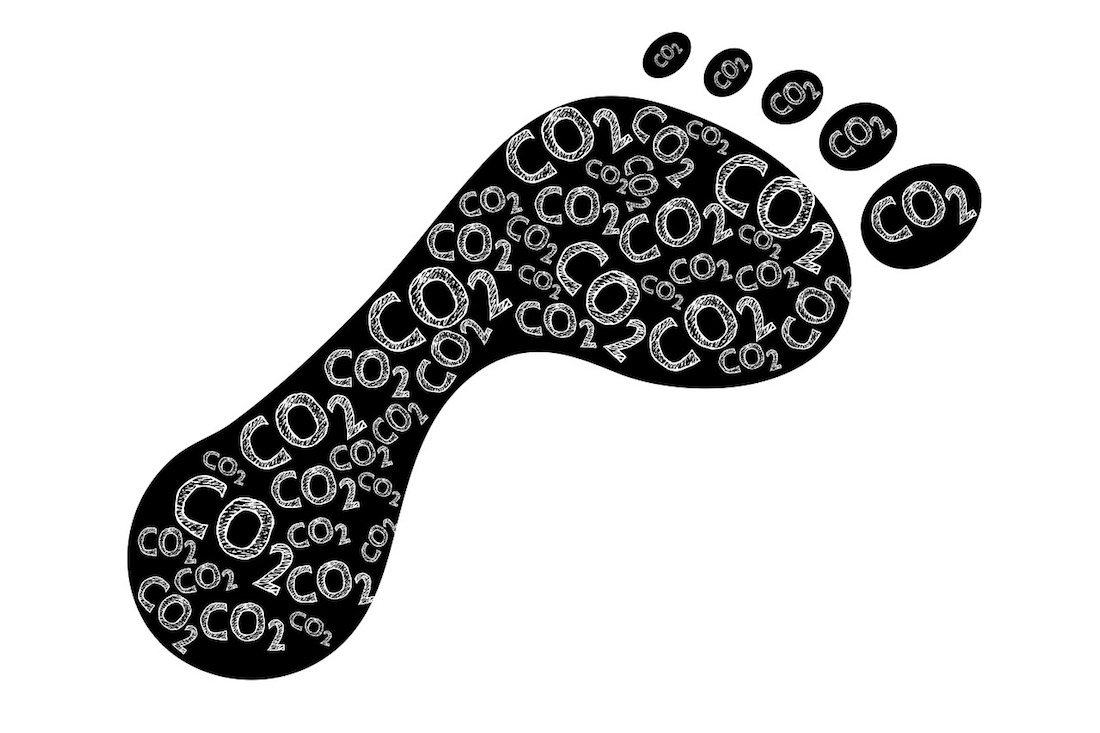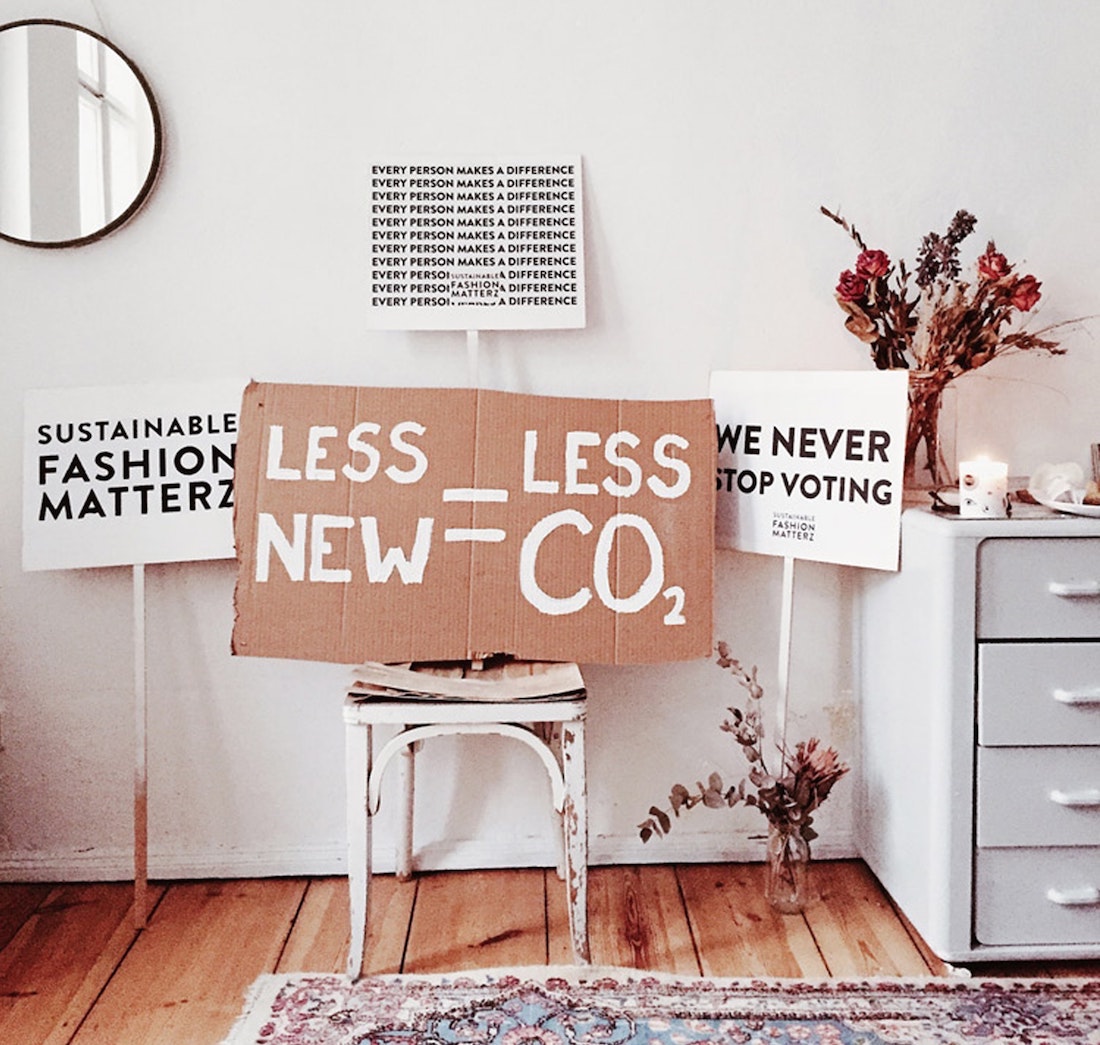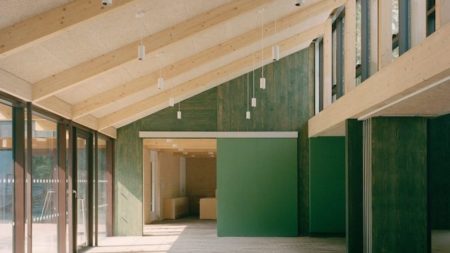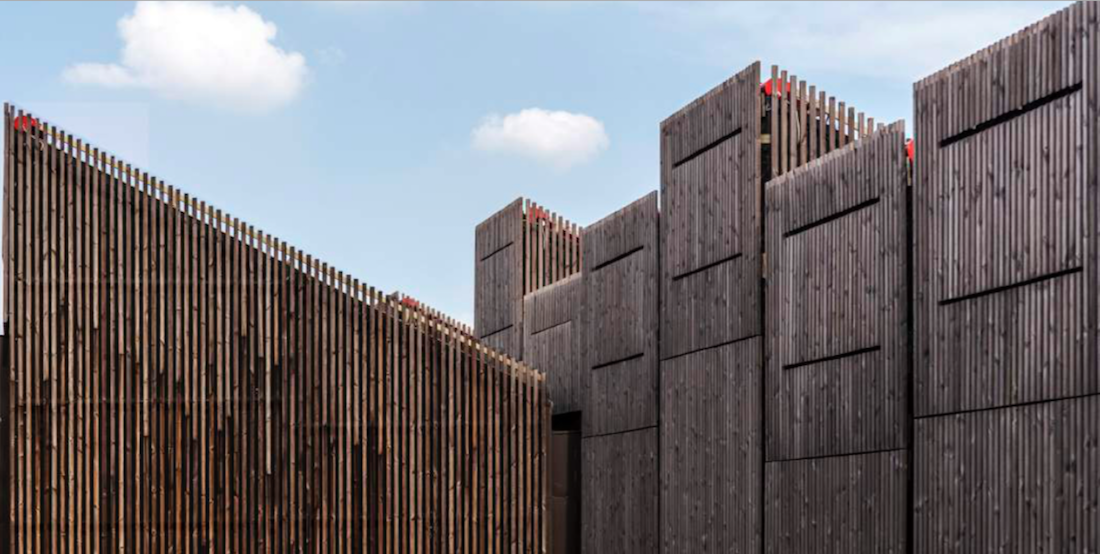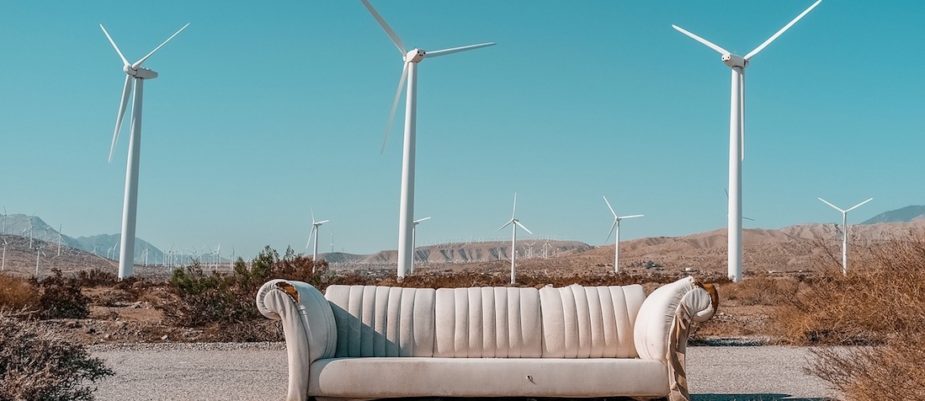
More and more entrepreneurs are aware that the longevity and health of their companies also depends on a serious commitment to sustainability. This is one of the elements emerged at the last UL’s annual furniture industry summit. In this interview, Elena Veneziani (Environment and Sustainability Division of UL) summarizes how the push for sustainability is changing the furniture industry, emerging trends and more sustainable business models.
Sustainability was once considered a lofty goal pushed for only by the most progressive, unrealistic companies. Something is changed?
Today, attitudes towards sustainability have shifted dramatically, and it is virtually a necessity for any successful business to participate in green initiatives.
As consumers worldwide demand sustainable products across a variety of fields, every industry must adapt to satisfy their requests.
Furniture customers are no different, and sustainable furniture – whether for home, office, or entertainment venue – has become a highly sought-after product.
We are at a point in time where companies who integrate sustainability into the core of their strategy are better positioned to create value and foster company longevity. As the expectations on corporate responsibility increase, and as transparency becomes more prevalent, sustainability is becoming a primary focus for supply chains across all industries including the furniture sector.
In a previous article we talked about “green washing”. How can we assess whether a company really operates in a sustainable way?
According to Sustainability Accounting Standard Board (SASB), use of the term “Sustainability” refers to corporate activities that maintain or enhance the ability of the company to create value over the long term” (Source – Purpose of SASB Standards, Building Products & Furnishings, Oct. 2018 ).
Accordingly, sustainable businesses are redefining the corporate ecosystem, not only by designing models that create value for supply chains, but by creating value in the long term for all stakeholders, and that includes investors, civil society, and the planet.
How is the furniture industry transitioning towards more sustainable business models?
There are some sustainability trends that can be identified in this sector. Starting from those trends, we will see what are the opportunities for the furniture industry and which tools are available.
Currently we could identify five main trends:
– Reduced Emissions,
– Sustainable Finance,
– Sustainable Supply Chain,
– Circular Solutions,
– Sustainable Consumption.
Can we have more details of the five macro trends?
Reduced Emissions.
We can identify the growing awareness regarding climate change and this has encouraged large companies in committing to hold warming to 1.5°C set by the Paris Agreement in 2015. Also these companies are encouraging suppliers to align with the target.
This trend is identified in different ways: the first, Net-zero emissions meaning that any carbon dioxide released into the atmosphere is balanced by an equivalent amount removed.
The second, Carbon Neutral meaning that the carbon emitted by a certain activity is effectively “canceled”. This is achieved by for example using carbon credits.
And Carbon positive / Carbon negative which means that an initiative is not only capable of neutralizing associated carbon emissions, but will also take steps to ensure that the project removes additional carbon from the atmosphere
Today, most companies setting neutrality targets use a hybrid approach that includes both a degree of decarbonization and other mitigation approaches, such as offsets, carbon credits. However the role of offsets in a company’s strategy must be considered and not chosen in favor of deep decarbonization of business activities.
Sustainable finance.
The sustainable finance market is estimated to be worth more than 380 billion dollars a year according with the World Economic forum in 2018. Experienced investors explain how aligning portfolios to the United Nations SDGs is helping them develop impact strategies and goals, communicate with stakeholders, and attract new capital. (Source: https://www.weforum.org/agenda/2018/10/sustainable-finance-can-decarbonize-our-future-but-it-needs-new-leaders/).
It is occurring at a small scale when compared to the total global investment market, however, one can see a rapid increase in the level of attention from global asset managers in favor of investments in sustainable products and activities that are driving companies to increase investments in the environmental, social and governance issues (ESG).
Indeed, investments in ESG have increased significantly during the covid-19 pandemic, because they are perceived as “safer havens”. The perception is that, sustainable companies have superior management quality and a better ability to measure and manage unusual risks, e.g. climate change. (Source: Morningstar YTD as of 30/06/20).
Why environmental, social, and governance (ESG) issues are so important to investors?
BlackRock, the largest asset manager in the world, in their letter to its clients, explain why sustainable investment options have the potential to offer clients better outcomes, they are making sustainability integral to the way BlackRock manages risk, constructs portfolios, designs products, and engages with companies. In 2020, they identified 244 carbon-intensive companies that are making insufficient progress integrating climate risk into their business models or disclosures. Of these 244 companies, they took voting action against 53.
They have put the remaining 191 companies ‘on watch.’ so these companies are risking voting action against management in 2021 if they do not make significant progress. BlackRock voting actions can take the form of either votes against company directors (or boards) or support for shareholder proposals (SHP).
So, what we have here is the largest asset manager in the world loudly saying that they think that climate change is a key risk.
(Sources: https://www.blackrock.com/corporate/investor-relations/blackrock-client-letter https://www.blackrock.com/corporate/literature/publication/our-commitment-to-sustainability-exec-summary-en.pdf, ISS Proxy Exchange and BlackRock Investment Stewardship, as of July 8, 2020).
Sustainable supply chain.
The third trend is sustainable supply chain where ambitious supply chain goals are being set by many companies in the furniture industry. An important fact is that According to CDP, companies are deselecting suppliers based on their environmental performance and are also taking the first steps on deforestation and water security risks.
Furthermore, the number of companies disclosing information to their customers on forest-risk commodities is 3 times more than the last year. We can also identify an increase in transparency and reporting allowed by the continuous improvement in data digitalization.
(Source: https://www.cdp.net/en/research/global-reports/global-supply-chain-report-2019).
In addition, we can expect in the future standardization on how supply chain information is disclosed and we can expect minimum ESG disclosure guidelines and an increasing request for third-party verification.
Circular economy and circular solutions.
We can identify that there is a growing focus in analysis and solutions driven by innovation. We can see a growing number of furniture companies partnering for adopting circular strategies, as:
– Product redesign to achieve sustainability targets set including the use of alternative materials.
–New circular models as for example Product-as-a-Service.
– Product take back schemes.
– Recovering of waste
Still, many of these initiatives are in piloting stages or in development. The expectation for the future is increasing collaboration and innovative solutions put in the marketplace and well established circular bussiness models.
Sustainable consumption.
There is a growing awareness and concern of customers in relation to environmental and health issues. The health risks related to harmful pollutants, such as volatile organic compounds (VOCs), potentially emitted by furniture, are increasingly in the attention of the occupants of homes, offices, and increasingly push the demand for eco-friendly interiors. Furthermore, the growing demand for eco-friendly buildings is generating demand for eco-friendly furniture.
Today, we are bombarded with voluntary environmental and sustainability declarations, simple self-declarations, which feed misleading perception and they may not be true either. The issue of green washing is well known.
What can we expect in the future?
What we can expect in the future is a growing demand from millennial and Gen Z consumers, who choose brands whose values align with their own and that buying sustainable furniture is likely to drive the market in the future.
We can also expect more transparent and regulated green marketing that requires simple, clear and easy-to-use product information.
Last, but not least, we expect an increase of products capable of demonstrating in a transparent and easily verifiable way, their sustainability, also thanks to scientific based validations or certifications, by independent third parties who have knowledge, expertise and tools.
We thank UL for their cooperation.
Sede ARPAE, Agenzia Regionale per l’Ambiente e l’Energia, (Ferrara) by MCA (Mario Cucinella Architects)


